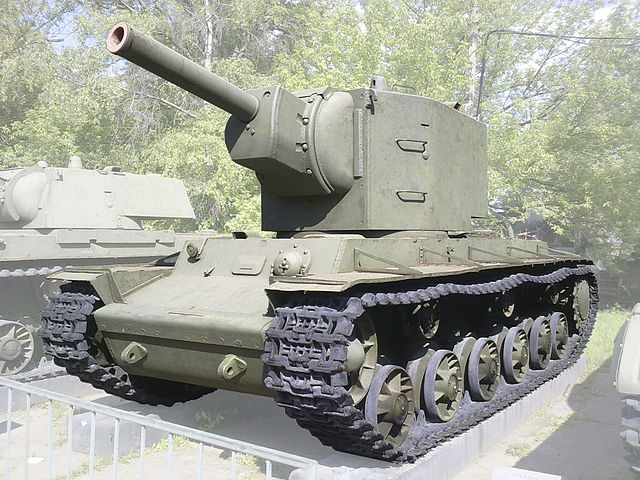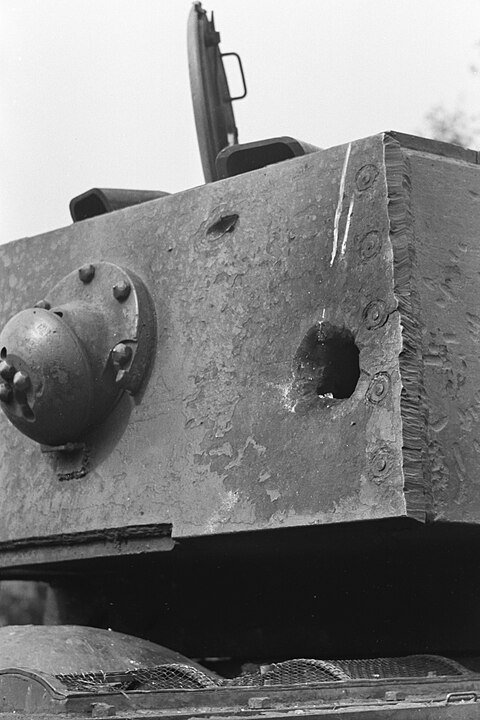
The KV-1 tank, a Soviet leviathan of World War II, is a testament to the ingenuity and determination of wartime engineering.

Designed before the German invasion in 1941, the KV-1 was built to be a force on the battlefield, capable of absorbing immense punishment and delivering powerful blows to enemy armor.

The KV-1’s development was initiated after a 1938 Main Military Council meeting in the Soviet Union.

The design was based on the T-28 tank but aimed to be more powerful and practical.

When completed, the KV-1 boasted a 76 mm cannon and an imposing weight of 47.5 tons, with 75 mm thick armor that the German Panzers at the time found nearly impenetrable.

In “When Titans Clash,” historian David M. Glantz notes, “neither German weapon could penetrate the thick frontal armor of the T-34 medium tanks and KV-1 heavy tanks.”

As retired Chief Warrant Officer 2 Stephen L. “Cookie” Sewell wrote in Armor magazine in 2002, a cornerstone of the armored strategy was “very heavy tanks used for breaking through into the enemy’s rear areas.”

But despite its formidable gun and armor, the KV-1 was not without its faults.

Early models suffered from reliability issues, an overstressed engine, and a cumbersome 1920s U.S. tractor transmission, making it difficult to steer and maintain.

To address some of these shortcomings, an improved version, the KV-1S, was introduced with reduced weight and enhanced mechanical components.

However, by this point, German engineering had caught up, and the appearance of the Tiger tank in 1942 threatened the KV-1S’s supremacy.

The utility of heavy tanks was further questioned as the war progressed, with the consensus forming that super heavy tanks were not practical due to their slow speed and vulnerability to air strikes. The subsequent shift in tank design philosophy during the Cold War reflected this, as nations turned away from super heavy tanks in favor of main battle tanks.

Despite the operational challenges and eventual obsolescence of the KV-1, it played a crucial role during the early months of Operation Barbarossa. The presence of Soviet KV-1 tanks posed a significant threat to the German advance.

Their heavy armor forced the Wehrmacht to reconsider their strategies and employ heavier artillery to counter these steel behemoths.

The KV-1’s contribution to the Soviet war effort cannot be understated. Despite its flaws, it served as a bulwark during some of the most desperate fighting of the Nazi invasion.
Relevant articles:
– What Made The KV-1 Heavy Tank Such A Behemoth On The Battlefield, SlashGear
– Super Heavy Tank unit concept, Call of War- Forum
– The Really Big Tank That Helped to Break the Nazis, War Is Boring
– KV-VI Behemoth, Historum | History Forum

